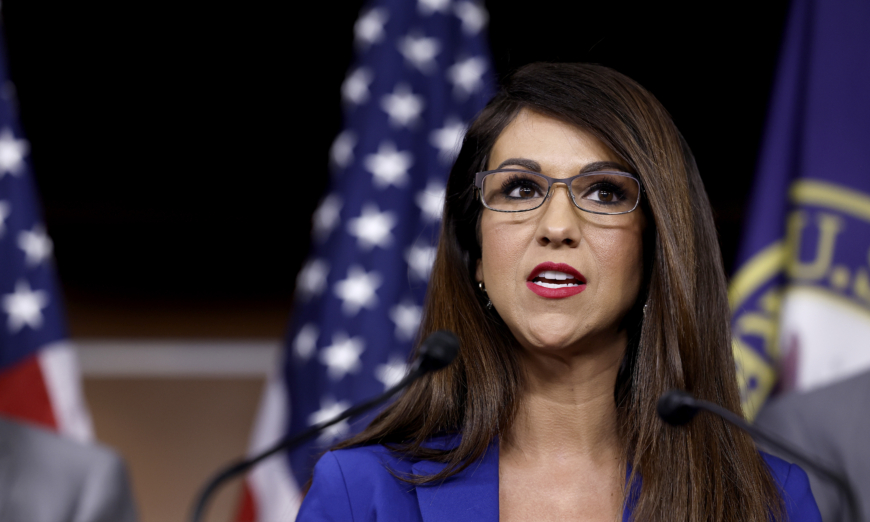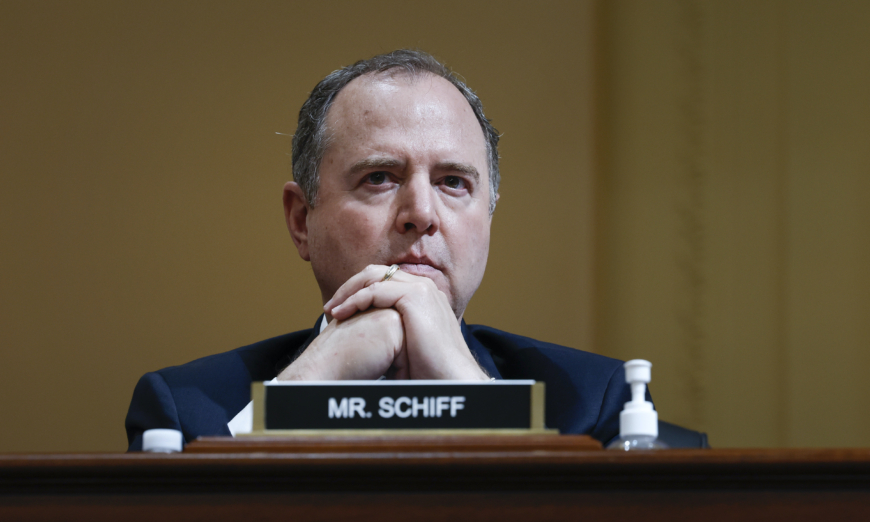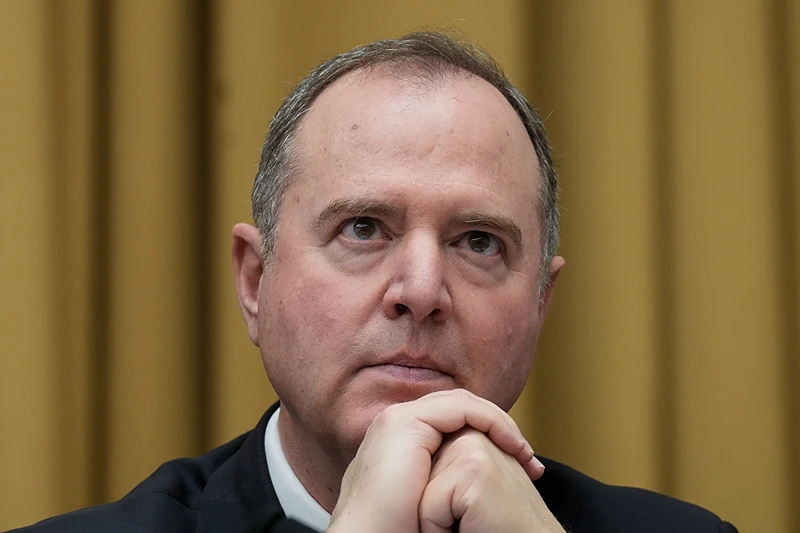McCarthy’s bill on debt limit passes hurdle for House vote.
Bill to Suspend US Debt Ceiling Clears Key Hurdle in House of Representatives
The US government’s $31.4 trillion debt ceiling has been a major concern for the country, and a bill to suspend it and avoid a disastrous default has cleared a key procedural hurdle in the House of Representatives. This sets the stage for a vote on the bipartisan debt deal itself.
Republicans control the House by a narrow 222-213 majority. But the deal will need support from both Speaker Kevin McCarthy’s Republicans and President Joe Biden’s Democrats to pass, as members of both parties object to significant parts of the legislation.
The legislation would suspend the US debt ceiling through Jan. 1, 2025, meaning that there would not be a limit until that date, allowing Biden and lawmakers to set aside the politically risky issue until after the November 2024 presidential election. It would also cap some government spending over the next two years, speed up the permitting process for some energy projects, claw back unused COVID-19 funds, and expand work requirements for food aid programs to additional recipients.
Senate Debate and Voting Could Stretch into the Weekend
A successful House vote would send the bill first to the Senate, where there could be a danger of delay unless Senate Majority Leader Chuck Schumer and Republican leader Mitch McConnell agree to fast-track the legislation. Republicans want Schumer to allow amendment votes in exchange for quick action. But Schumer appeared to rule out amendments on Wednesday, telling reporters: “We cannot send anything back to the House, plan and simple. We must avoid default.”
Hardline Republican Senator Rand Paul, long known to delay Senate votes, has said he would not hold up passage if allowed to offer an amendment for a floor vote. Senator Bernie Sanders, a progressive independent who caucuses with the Democrats, said that he would vote against the bill due to inclusion of an energy pipeline and extra work requirements. “I cannot, in good conscience, vote for the debt ceiling deal,” Sanders said on Twitter.
The last time the US came this close to default was in 2011, a time of similar partisan divide in Washington, with a Democratic president and Senate majority and a Republican-majority House.
What’s Next?
The Treasury Department has warned that it will not be able to cover all the government’s obligations by Monday if Congress does not raise the limit. Biden expects to have the legislation on his desk by a June 5 deadline, when the federal government could run out of money to pay its bills, the White House said. Senate debate and voting could stretch into the weekend, especially if any one of the 100 senators tries to slow passage.
- The deal leaves Biden’s signature infrastructure and green-energy laws largely intact.
- The spending cuts and work requirements are far less than Republicans had sought.
- Most of the savings would come by capping spending on domestic programs like housing, education, scientific research and other forms of “discretionary” spending. Military spending would be allowed to increase over the next two years.
The debt-ceiling standoff prompted ratings agencies to warn that they might downgrade US debt, which underpins the global financial system.
" Conservative News Daily does not always share or support the views and opinions expressed here; they are just those of the writer."





